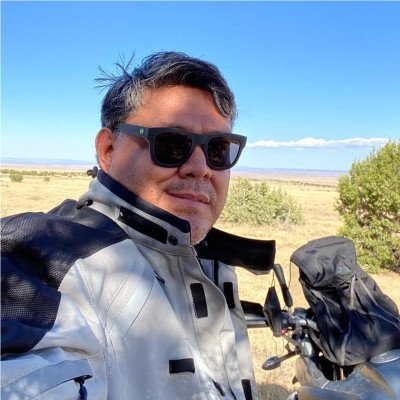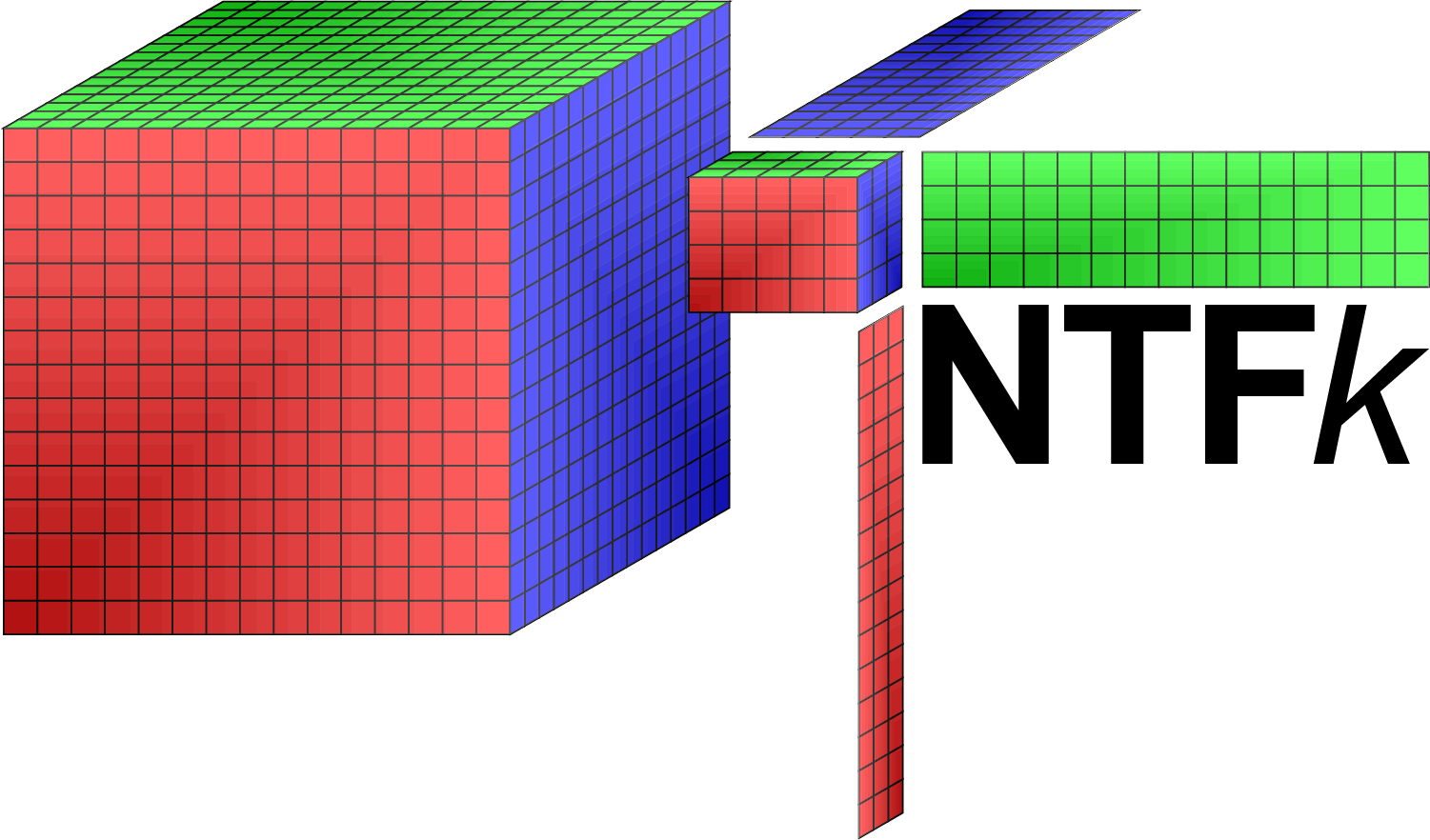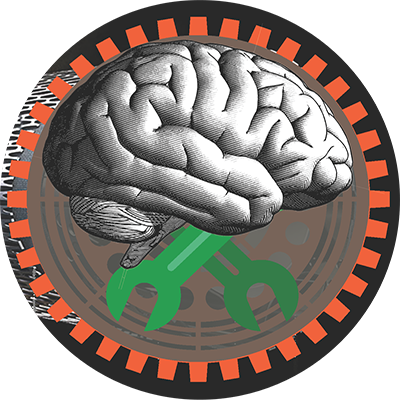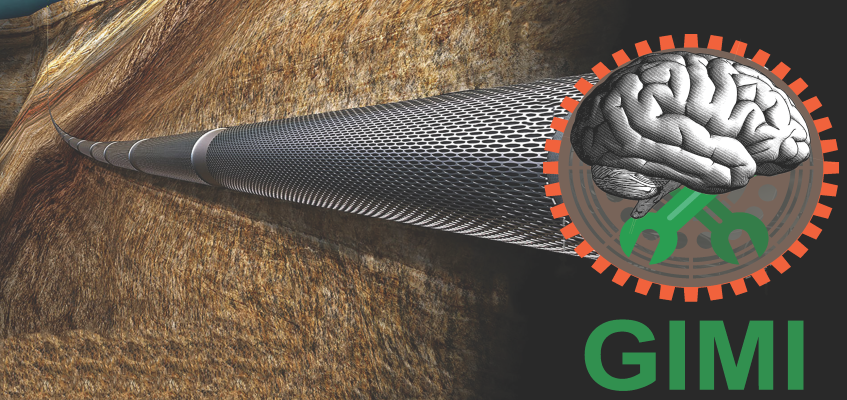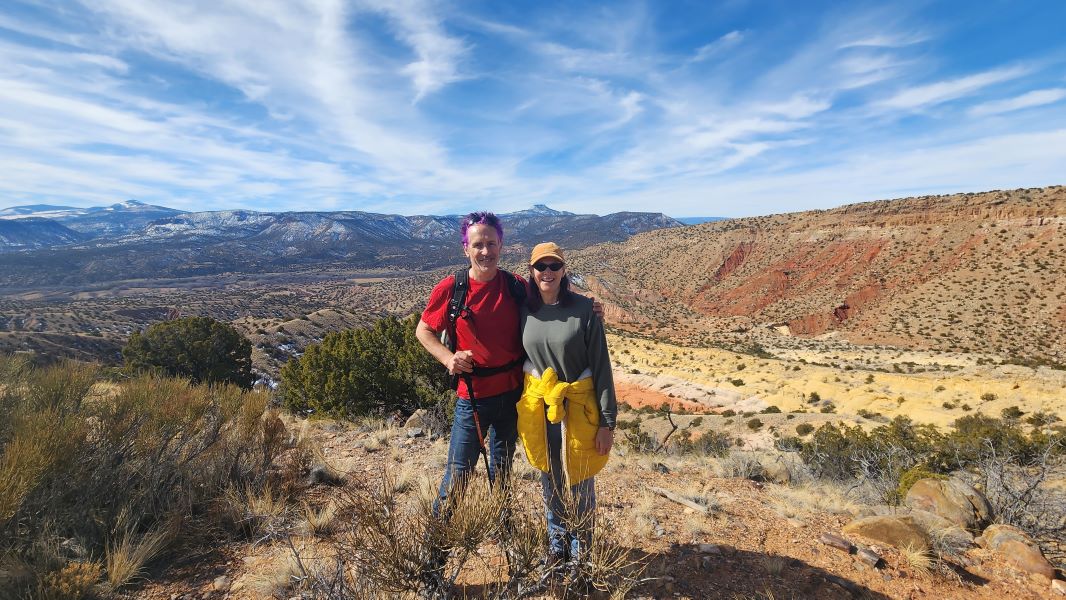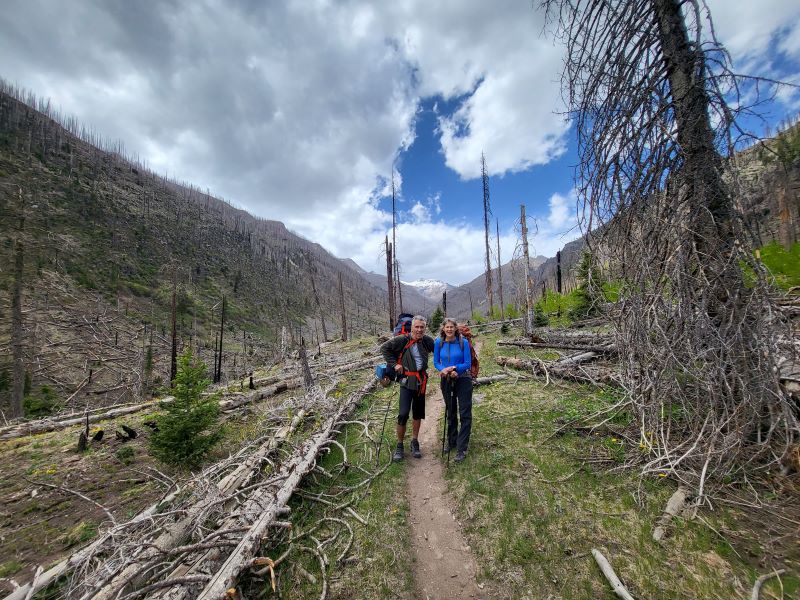Our company acknowledges that the place now called Santa Fe, where our office is located, sits on unceded ancestral Tewa Land and is still recognized as O'gha Po'oge, meaning White Shell Water Place.
We recognize that this land is just one piece of a larger, boundless terrain for Indigenous peoples that include the Nambe Pueblo, the Tewa, and the Jicarilla Apache.
O'gha Po'oge was once a thriving Pueblo village, and their descendants include the modern-day Tewa people who still live in Santa Fe and the local Pueblos of Nambe, Pojoaque, San Ildefonso, Ohkay Owingeh, Santa Clara and Tesuque.
We also recognize the violence, displacement, migration, and colonization that haunt this place.
We understand we are now stewards of this land, responsible for the care of water, air, and each other.
In addition, we pledge to donate a percentage of the profit from our commercial services developed under our R&D projects to a local non-profit organization supporting the education of Native American students.











